Bent collection: the making of Simon Hasan and Artek’s ‘Primary Objects’ nesting trays
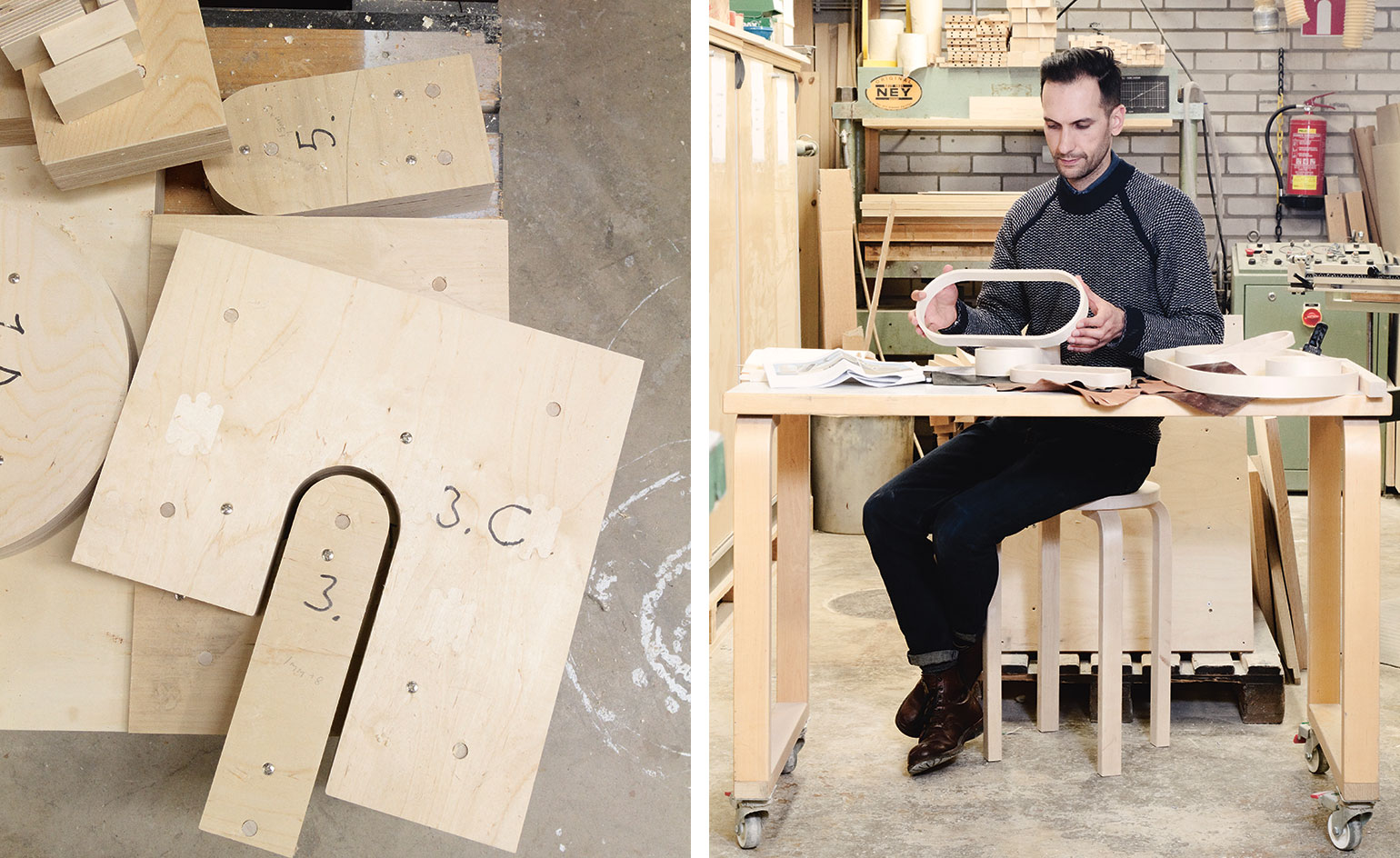
Taking Artek co-founder Alvar Aalto’s traditional wood-bending techniques – using lamella, slim layers of wood that are laminated together and then bent – and his formal vocabulary of organic curves as a starting point, London-based designer Simon Hasan proposed a basic geometry for a family of five tabletop trays in various sizes. These may be used individually or configured together to make storage and display units.
After a visit to the Artek 2nd Cycle store in Helsinki, where the Finnish furniture brand shows pre-owned Aalto-designed chairs, Hasan went on to Artek’s workshop in Turku, where all Aalto furniture has been produced since the 1960s. This helped him shape an Aalto-appropriate response to our Wallpaper* Handmade brief (we chose Hasan, with his background in leather, fur, glass and metal, specifically to introduce more wood into his repertoire).
Hasan was keen to establish a logical foundation for the pieces, in terms of how they relate to one another and the Artek brand. ‘I wanted to create an architectural system for the objects, so they work as individual items, but also as prefabricated components for something else,’ he explains. For Hasan, and Artek’s production team, which doesn’t usually engage with external designers, development and prototyping then became an exercise in proportion, materiality and detailing.
‘I wanted the lamella frames to evidence the process used to make them,’ says Hasan. ‘The edges are kept clearly defined to emphasise that these are hand-bent strips of solid birch, not CNC-milled blockboard [where softened edges are more common].’
The large tray frame is made from three layers of 2.5mm-thick Finnish birch lamella, which, once laminated together, are bent in moulds. For the prototypes, the smaller trays use birch veneer (which, usually peeled from the tree trunk, is typically thinner and more easily bent than lamella) in order to create the tight curves required using the wooden prototyping moulds. In any production models, specially created, strong steel moulds would enable the use of lamella for all trays.
No Hasan project would be complete without a little skin, and the trays have inserts made of naturally tanned Finnish reindeer hide – in cognac, black, blue and grey – which, the designer says, give ‘material interest and contrast’. The leather is bonded under high pressure to the laminate-panel bases.
Artek’s managing director Marianne Goebl feels the brand is well matched with Hasan. ‘In a very intuitive way, Simon understood what techniques and what kind of typology works well for Artek. The result feels right and appropriate for us,’ she says. As for the collaborative experience, ‘the project sparked curiosity and energy with our technical teams’, she says, ‘they got ambitious and proud’.
Receive our daily digest of inspiration, escapism and design stories from around the world direct to your inbox.
For Goebl, Wallpaper* Handmade was an opening conversation with Hasan. Meanwhile, Artek is evaluating the best way to produce the trays commercially. ‘We don’t have anything like this in the collection,’ says Goebl. ‘Now we have to see.’
As originally featured in the August 2016 issue of Wallpaper* (W*209)

See more from Handmade here and check in to Hotel Wallpaper*…
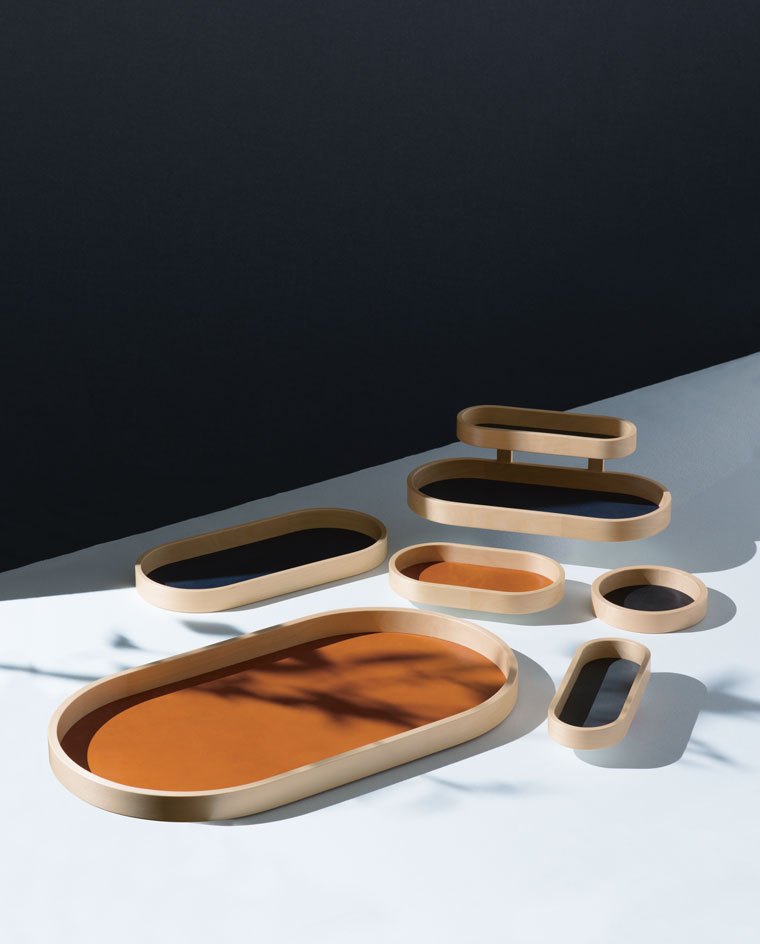
The finished trays, featuring bent birch frames and a reindeer hide lining, may be stacked to form various configurations
INFORMATION
For more information, visit Simon Hasan’s website and Artek’s website
Photography: Aino Huhtaniemi. Still life: Thomas Albdorf
Also known as Picky Nicky, Nick Vinson has contributed to Wallpaper* Magazine for the past 21 years. He runs Vinson&Co, a London-based bureau specialising in creative direction and interiors for the luxury goods industry. As both an expert and fan of Made in Italy, he divides his time between London and Florence and has decades of experience in the industry as a critic, curator and editor.
-
 Winston Branch searches for colour and light in large-scale artworks in London
Winston Branch searches for colour and light in large-scale artworks in LondonWinston Branch returns to his roots in 'Out of the Calabash' at Goodman Gallery, London ,
-
 The most anticipated hotel openings of 2026
The most anticipated hotel openings of 2026From landmark restorations to remote retreats, these are the hotel debuts shaping the year ahead
-
 Is the future of beauty skincare you can wear? Sylva’s Tallulah Harlech thinks so
Is the future of beauty skincare you can wear? Sylva’s Tallulah Harlech thinks soThe stylist’s label, Sylva, comprises a tightly edited collection of pieces designed to complement the skin’s microbiome, made possible by rigorous technical innovation – something she thinks will be the future of both fashion and beauty
-
 Aino Aalto inspires new Tekla and Artek limited edition collection
Aino Aalto inspires new Tekla and Artek limited edition collectionOn Aino Aalto's 130th birthday, Tekla and Artek release a collaborative collection featuring the Finnish designer's Kirsikankukka pattern
-
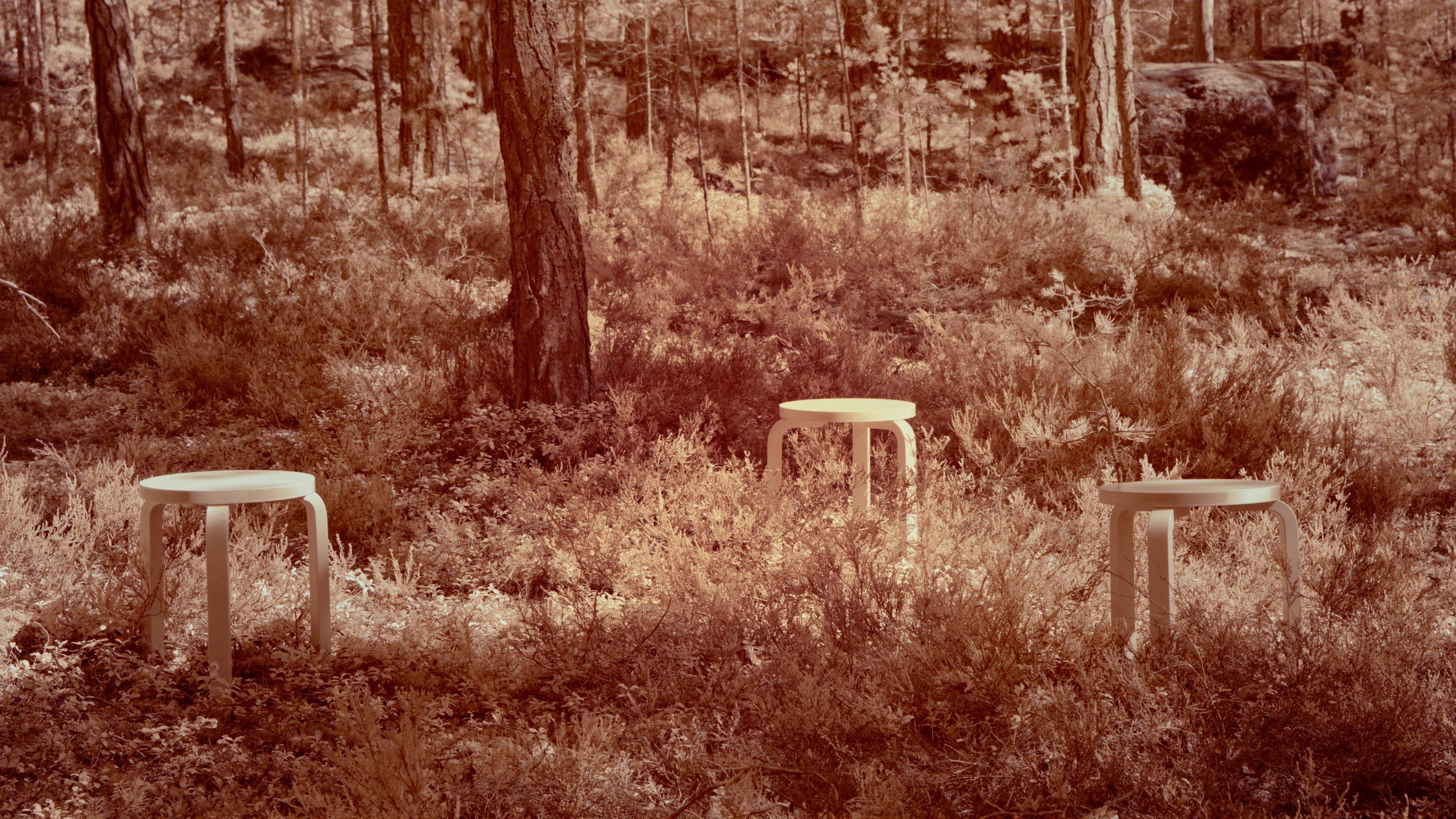 What’s next for Artek? Formafantasma explores a sustainable revolution for the Finnish brand
What’s next for Artek? Formafantasma explores a sustainable revolution for the Finnish brandFormafantasma engineers Artek furniture for the future with new takes on Alvar Aalto’s ‘Stool 60’ made of wild birch, and a plan to reconnect the Finnish company with the surrounding forests
-
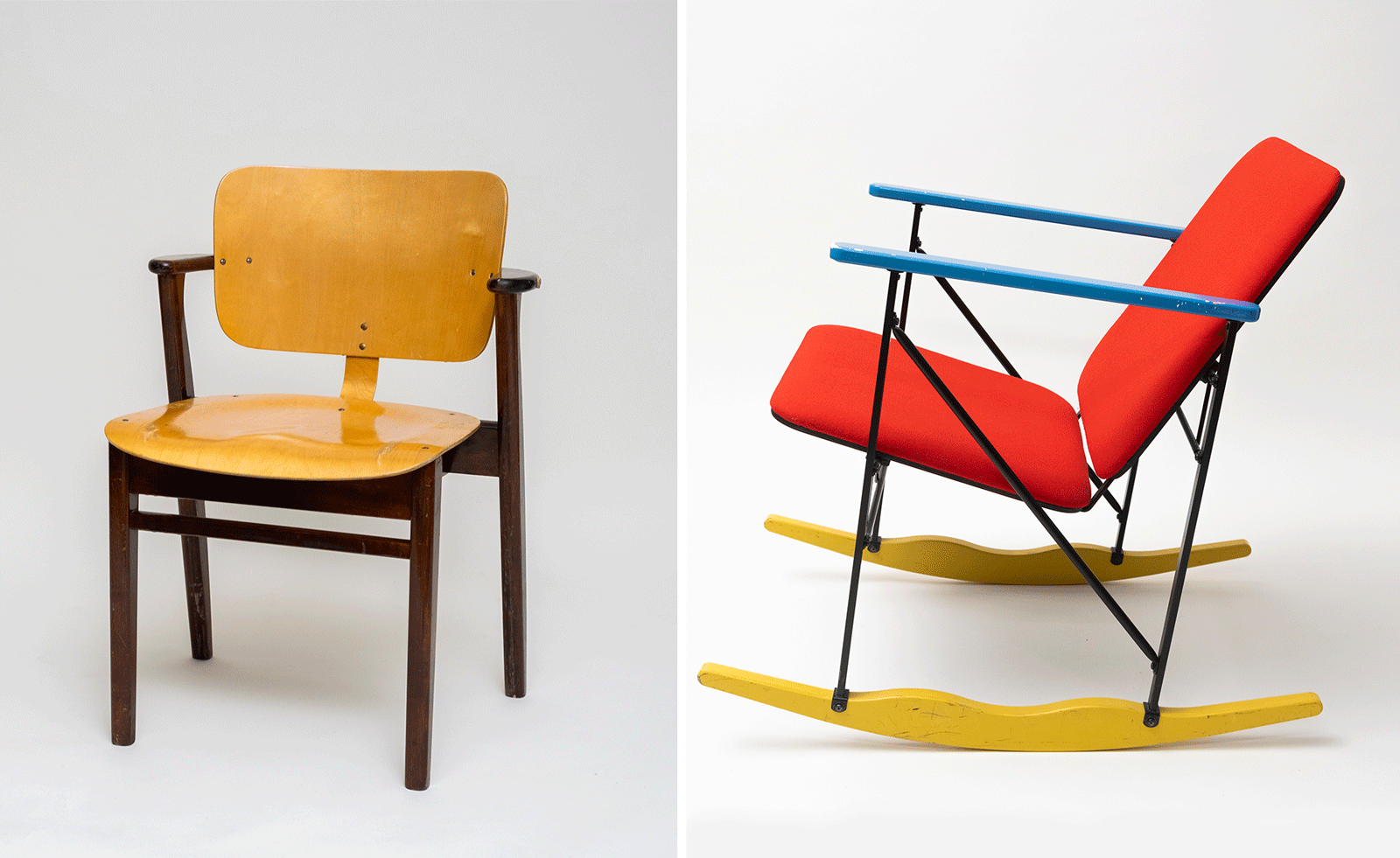 Pre-loved perfection: ten designs define a decade of Artek 2nd Cycle
Pre-loved perfection: ten designs define a decade of Artek 2nd CycleArtek 2nd Cycle, the brand’s platform for pre-loved design, celebrates its tenth anniversary with an exhibition, ‘Ten’ (until 6 November 2021), and an exclusive e-commerce pop-up
-
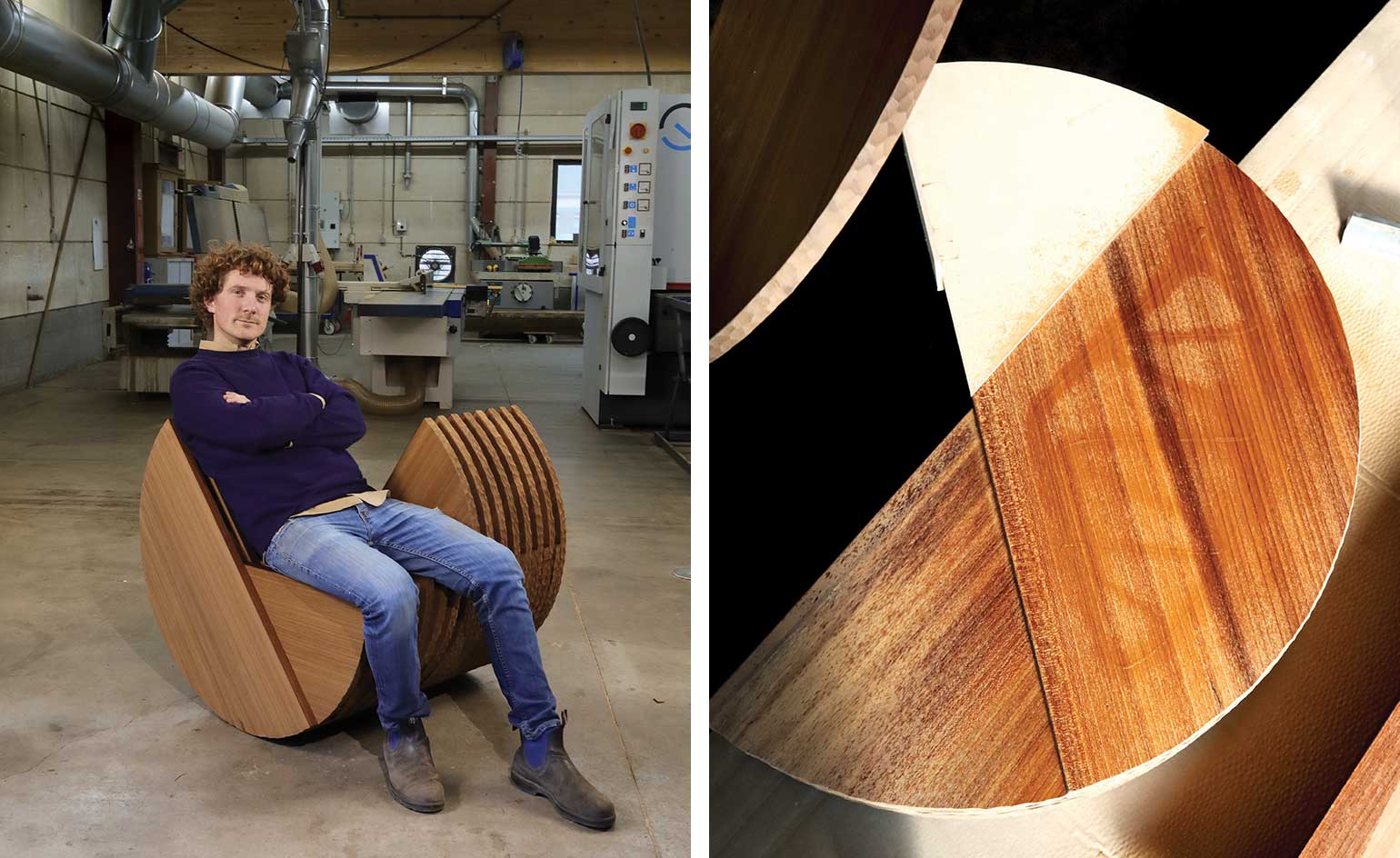 Pitch perfect: ‘Love Rocker’, by Owen Bullett Studio and Heerenhuis
Pitch perfect: ‘Love Rocker’, by Owen Bullett Studio and HeerenhuisFor Wallpaper* Handmade X, sculptor Owen Bullett and table manufacturers Heerenhuis devised a rocking chair for two
-
 Wet set: ‘Three Isles’ birdbaths, by Teo Yang Studio and Huguet
Wet set: ‘Three Isles’ birdbaths, by Teo Yang Studio and Huguet -
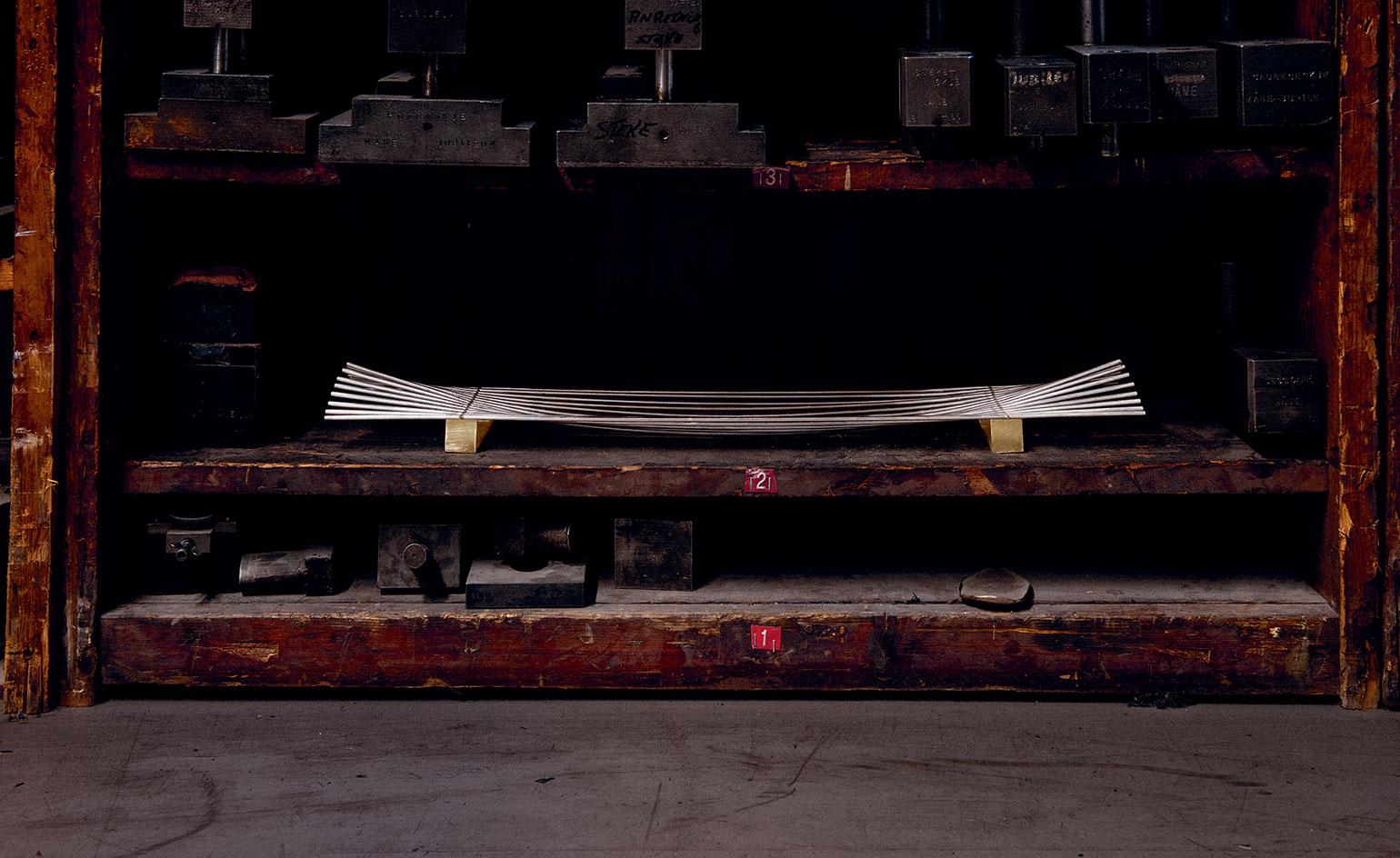 Artisanal precision is at the core of the ‘Arched’ centrepiece
Artisanal precision is at the core of the ‘Arched’ centrepieceFor Wallpaper* Handmade X, Norwegian silver manufacturer Arven and Design Academy Eindhoven graduate Guglielmo Poletti design a seemingly simple ‘conversation piece’
-
 Lars Beller Fjetland and Bottega Ghianda craft love birds
Lars Beller Fjetland and Bottega Ghianda craft love birdsFor Wallpaper* Handmade X, Norwegian designer Lars Beller Fjetland and Italian workshop Bottega Ghianda translated the romantic symbolism of the duck into ‘Amaranth’, a series of stylised bird figurines
-
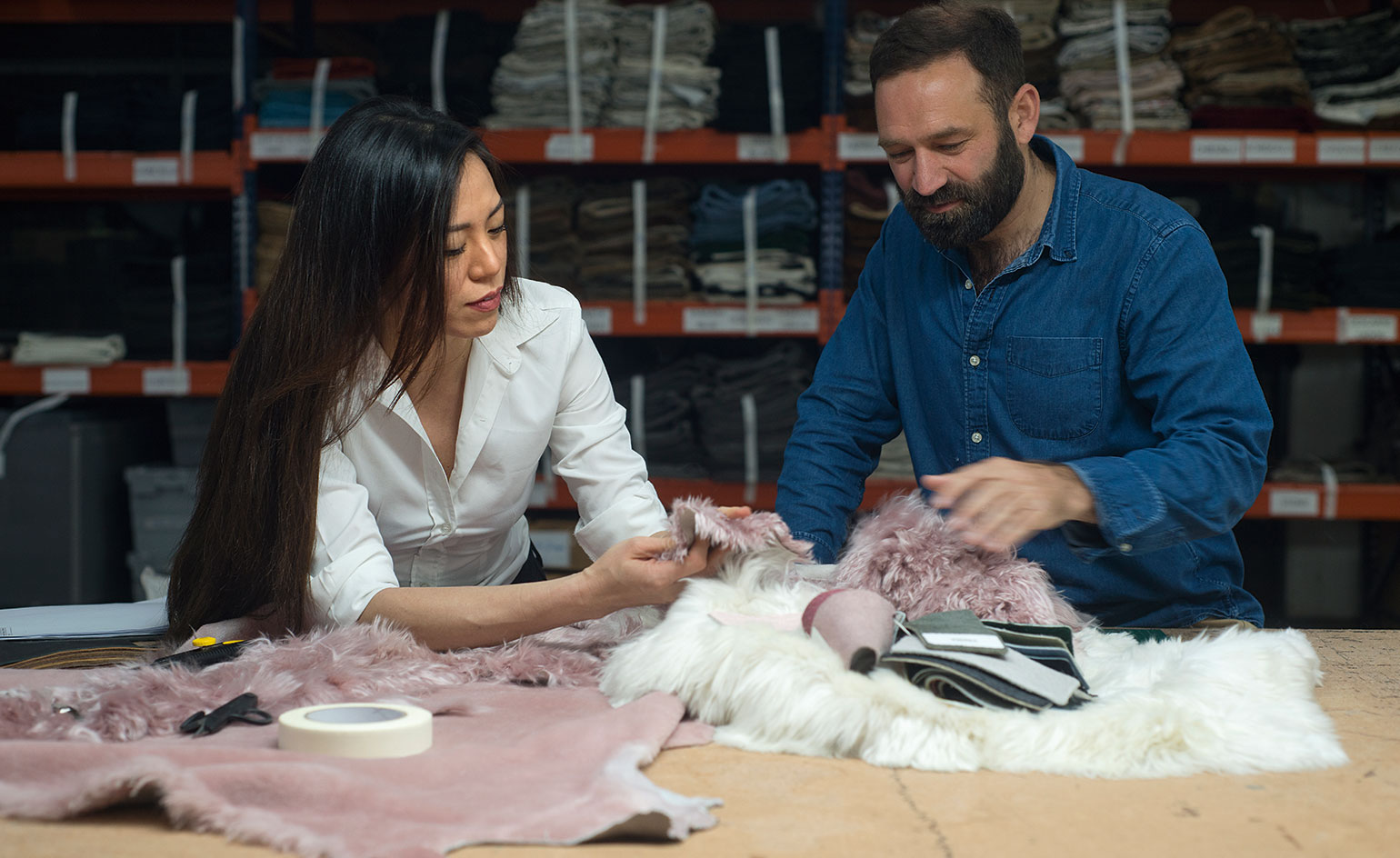 We're tickled pink by Design Haus Liberty and Yerra's Peruvian alpaca picnic set
We're tickled pink by Design Haus Liberty and Yerra's Peruvian alpaca picnic setLuxury rug maker Yerra and architecture studio Design Haus Liberty humanely sourced the finest Peruvian alpaca fur for ‘Isla’ – an ethical and sustainable Wallpaper* Handmade X project